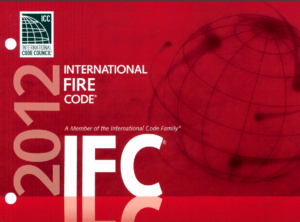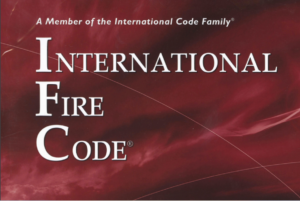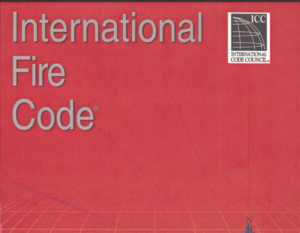The 2003 International Fire Code (IFC) outlines comprehensive regulations to safeguard life and property by mitigating fire and explosion risks associated with the use of structures, materials, and devices. It addresses hazards within new and existing buildings, ensuring safety not only for occupants but also for emergency responders. The code specifies requirements for fire suppression and alarm systems and is adhered to during construction, extension, repair, and alteration of buildings.
The IFC applies to various conditions:
1. New structures and conditions post-adoption.
2. Existing structures not previously compliant.
3. Identified specific existing conditions.
4. Hazardous existing conditions as determined by a code official.
Administration of the code is managed by a fire code official who oversees the enforcement of regulations. This official has the authority to interpret the code, issue permits, conduct inspections, and enforce compliance. This role includes the ability to enter properties to inspect for compliance and address any violations by issuing necessary notices or orders.
Permits are a crucial aspect of the code, with specific types issued for operational and construction purposes. Operational permits cover ongoing activities that could pose fire hazards, while construction permits are for new installations or modifications. The fire code official also has the power to modify code requirements in particular cases where strict compliance is impractical, provided such modifications align with the code’s intent and do not compromise safety.
Furthermore, the code integrates standards from other documents like the International Building Code and National Fire Protection Association standards to cover scenarios not specifically detailed within the IFC. This comprehensive approach ensures a robust framework for fire safety across various building types and uses, emphasizing the importance of compliance for the protection of public safety and property.






